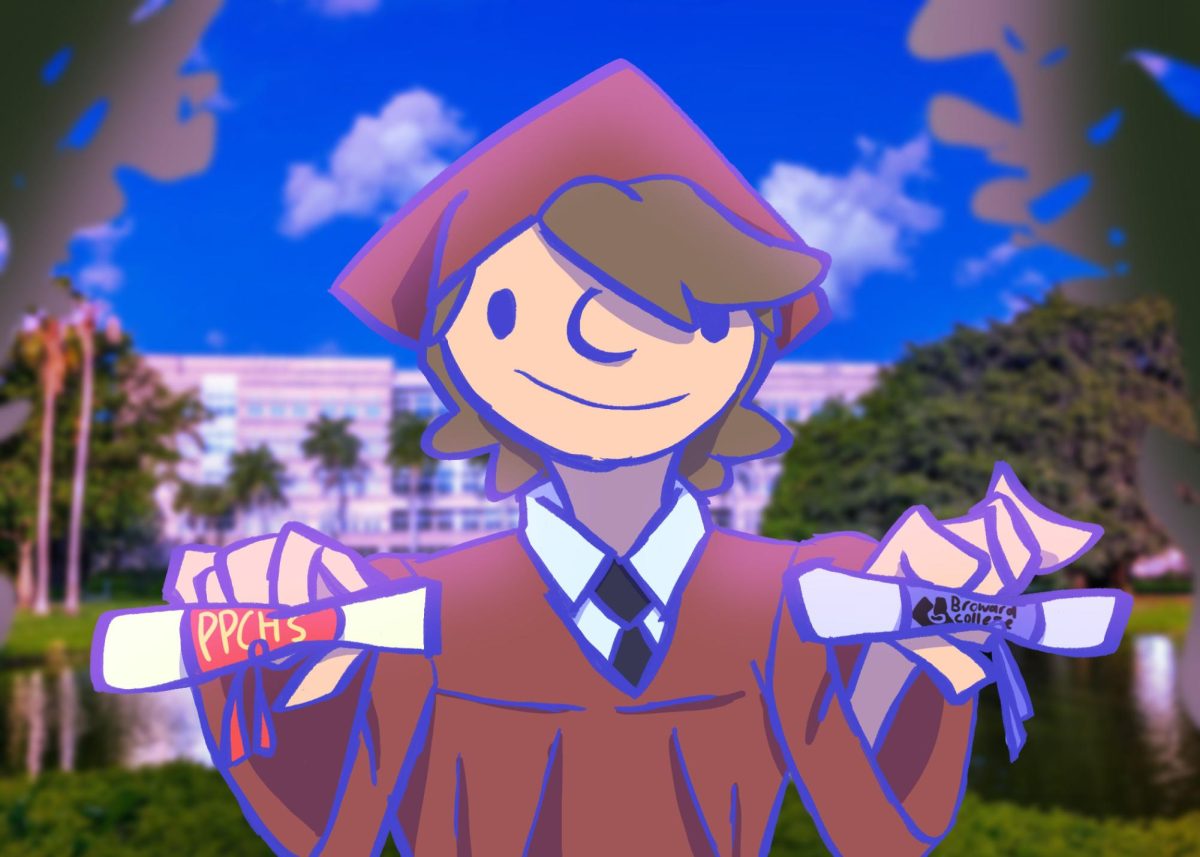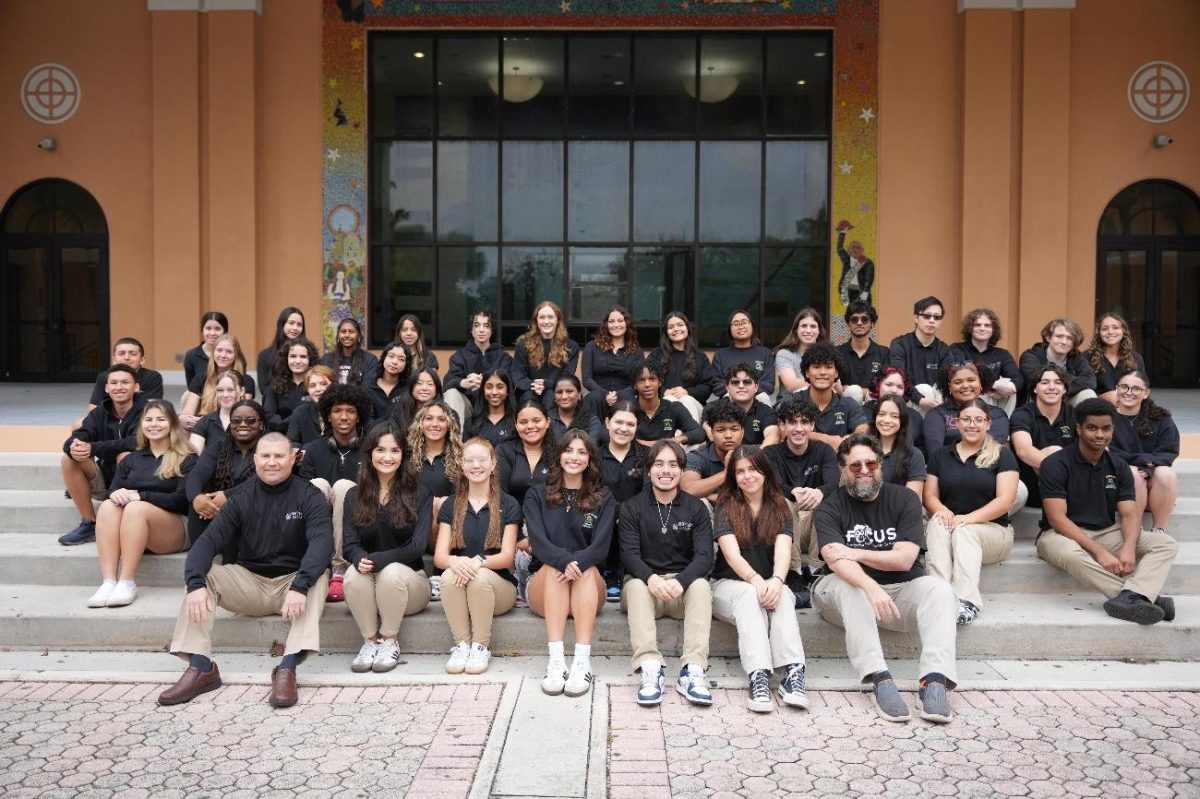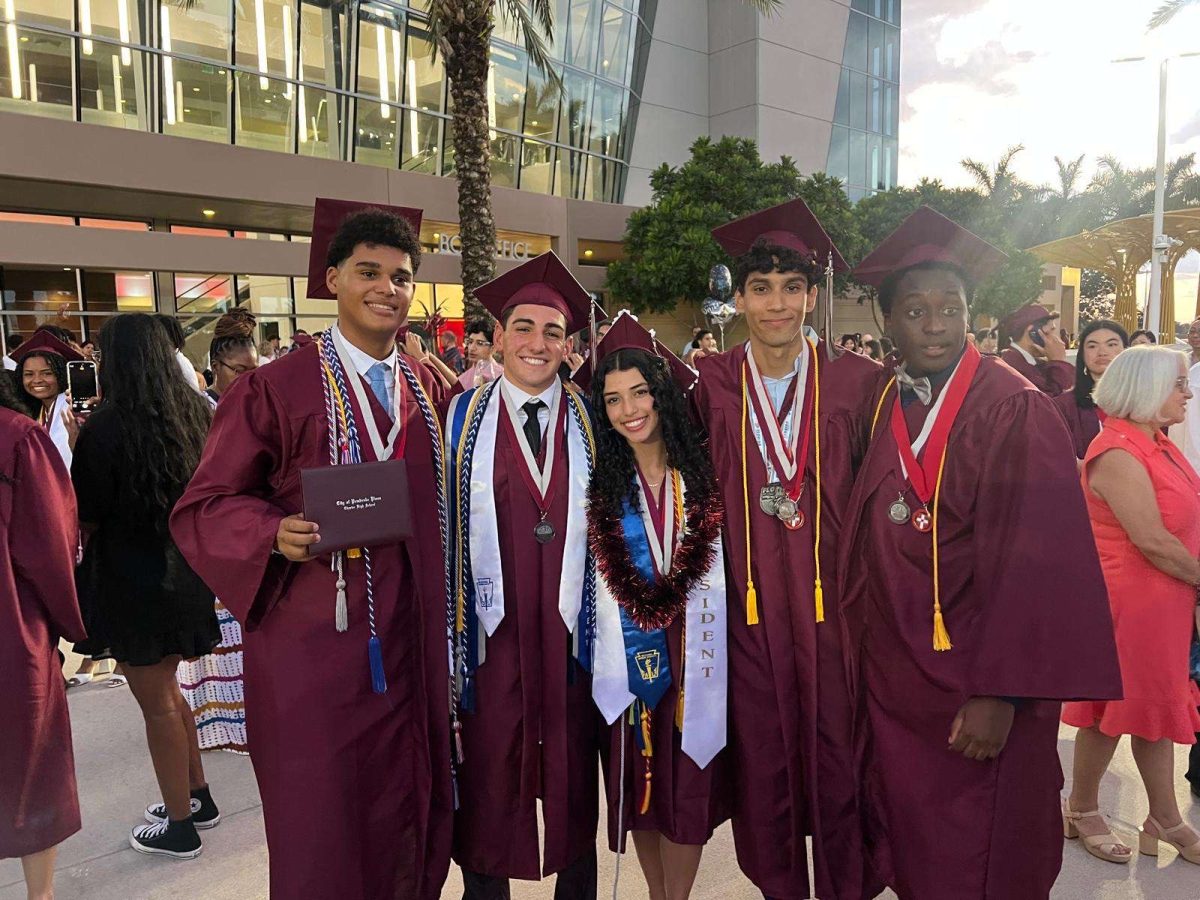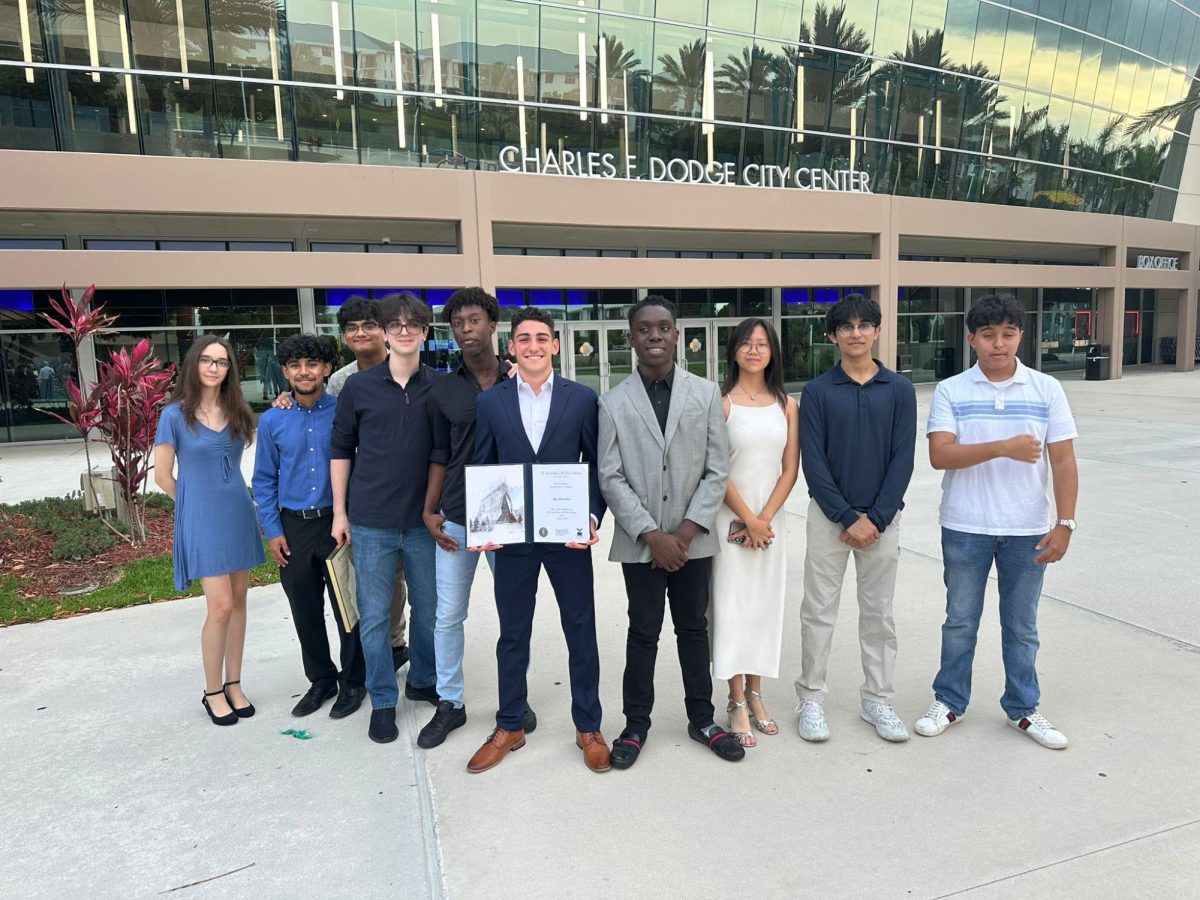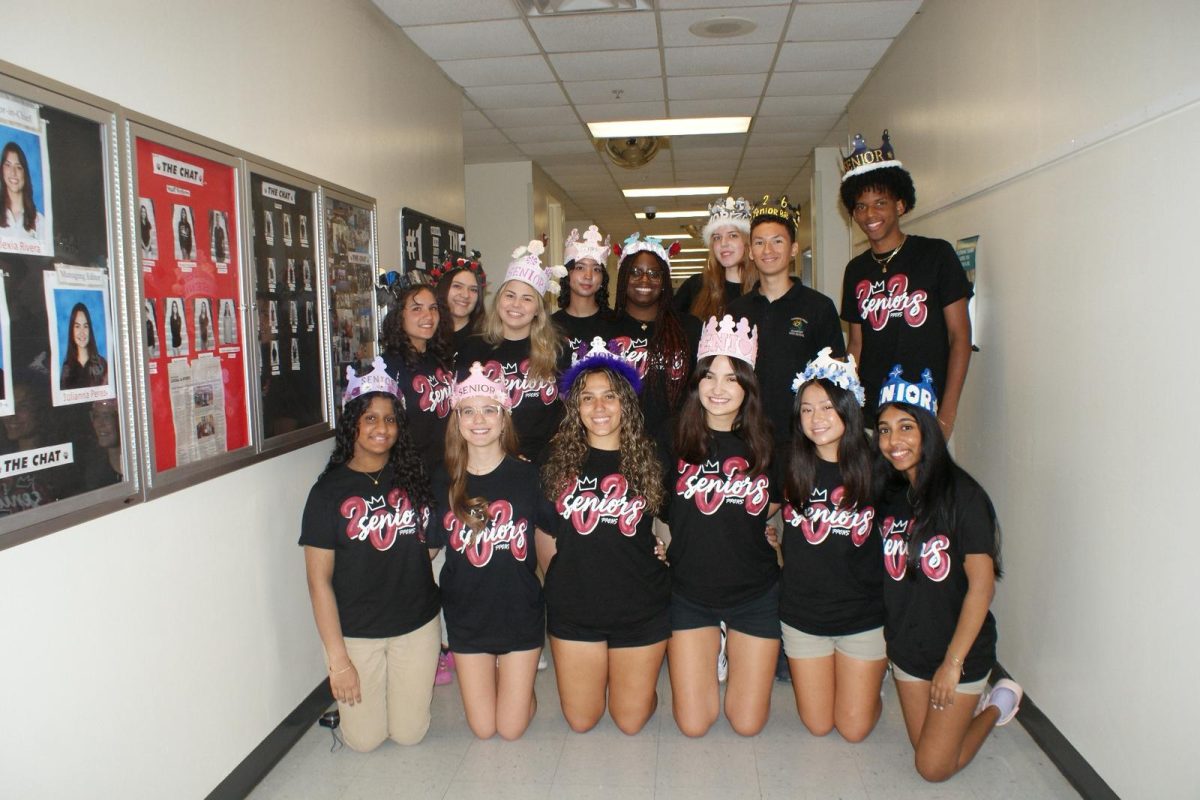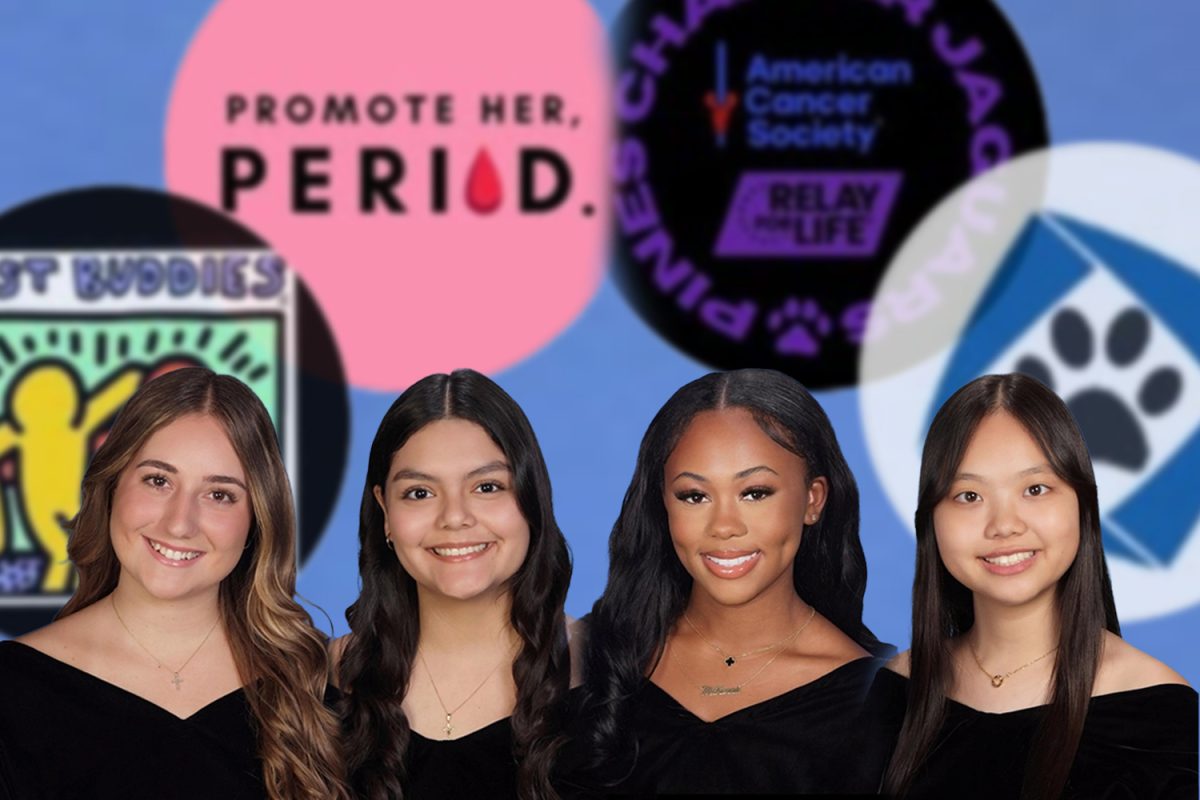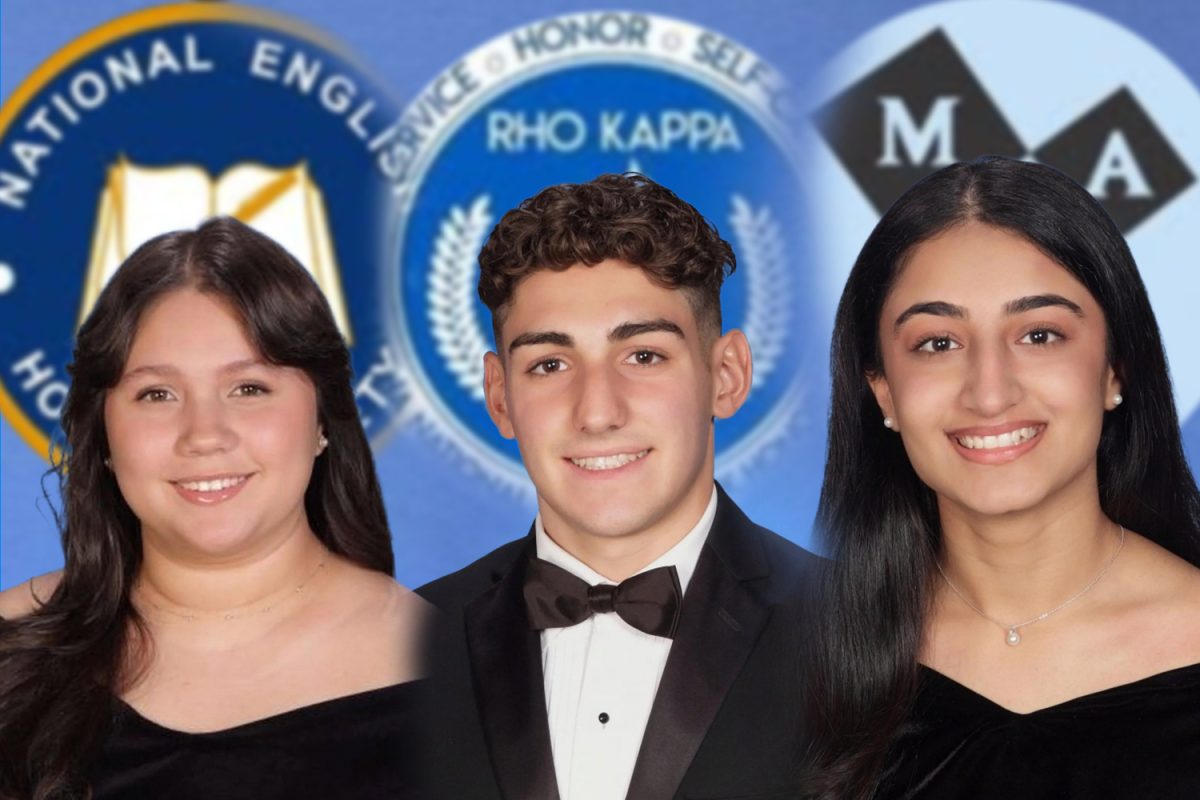The dozens of routinely sent emails received by PPCHS students are known for being filled with a multitude of educational opportunities. Among them, a certain one sent every semester holds a key to future academic success. It reads:
“The Dual Enrollment Program at Broward College (BC) is an accelerated program that allows eligible secondary students to take postsecondary coursework and simultaneously earn both high school and college credits! Dual Enrollment students are exempt from the payment of application fees, tuition and laboratory fees. College courses are offered at BC campuses and centers, including the Broward College Online campus.”
With just a few sentences, the single yet consistent email unlocks brand new possibilities.
Yet while double the education brings double the opportunities, it also welcomes double the workload and thus, even more concerns of academic-social balance in students’ lives.
The program has been utilized by students for a variety of reasons, from simply wanting a GPA boost to exploring a career path early. As many eligible students are those heading for the top of their class, the former is the more popular motive.
Still, dual enrollment provides a head start for those desiring to establish their presence in a proper industry or field—or even figure out which ones they don’t fit into. For senior Emily Brown, who has been on the dual enrollment track since her freshman year, the program “has helped [her] explore courses, like Ethics, that [she] wouldn’t have gotten the chance to take otherwise.” Although she initially sought out the program to get her Associate Degree, it ultimately “expanded [her] interest in and passion for the medical field after taking Anatomy and Physiology.” Dual Enrollment opens up a multitude of available classes to take, with a vast range of subjects that can appeal to almost every student. The program also covers any textbook costs, making possibilities endless.
Apart from classes of students’ personal interests, PPCHS (in partnership with Broward College) allows students to fulfill certain high school class requirements on their college campuses, opening a spot in regular school schedules for extra electives or wanted classes. Some of these exceptions are equivalent to AICE or AP courses taught on PPCHS grounds, so the decision comes down to preference (along with eligibility).
Martin Pereira, a junior set on taking Economy/Government through Dual Enrollment rather than the usual in-person senior class, finds himself at a crossroads with this decision. “Government personally bores the brain cells out of me, so I figured, if I just take the class through Dual Enrollment, I’ll save myself some pain,” he discusses. “At the same time, it feels that I may be missing out on having more time with my friends [during] senior year, and I’d miss having a great teacher [current AP Government teacher, Mr. Quigley].” Other popular replacements include choosing to take math and literature courses (ENC, LIT) through Dual Enrollment.
Although there’s no monetary cost for participating in Dual Enrollment, the extra expense is time. Using the program to one’s fullest advantage means having to balance extra classes, extracurriculars, and social lives—for seniors, this can even mean taking on eight total classes a semester. “Depending on the class, the workload can be substantial,” admits sophomore Asiya Mohammed. “However, I’ve found that by implementing time management and maintaining a structured schedule, I’m able to stay on top of my assignments and responsibilities.” Emily, being a more experienced Dual Enrollment student, agrees with such adjustment. “I usually grind out all my work every Sunday,” the senior explains. Despite the differences in organization from student to student, the common idea is to set aside time for each priority—and for those who know they can’t do so, it’s best to stay away from the program (based on a student’s grade in a Dual Enrollment course, their GPA can be either helped or hurt).
As long as a student is eligible for Dual Enrollment, the program stands as a challenge and new experience for all. It’s up to the student to decide: Will double the education be double the trouble, or double the fun?
